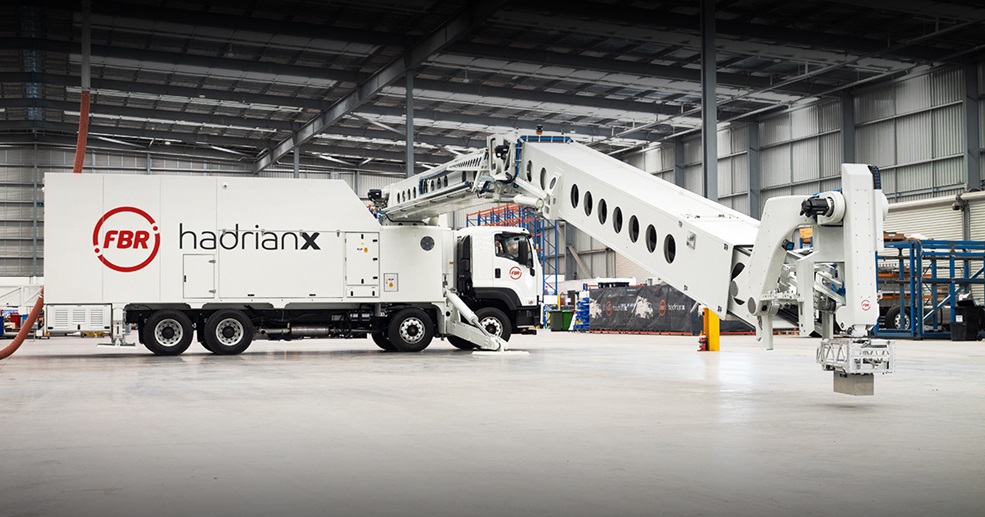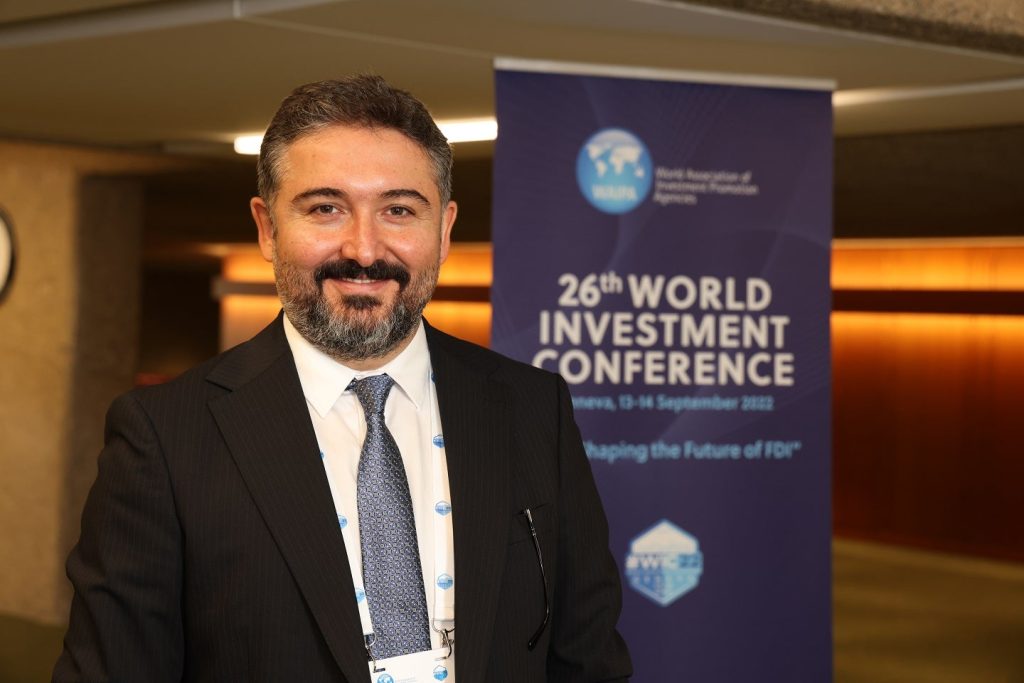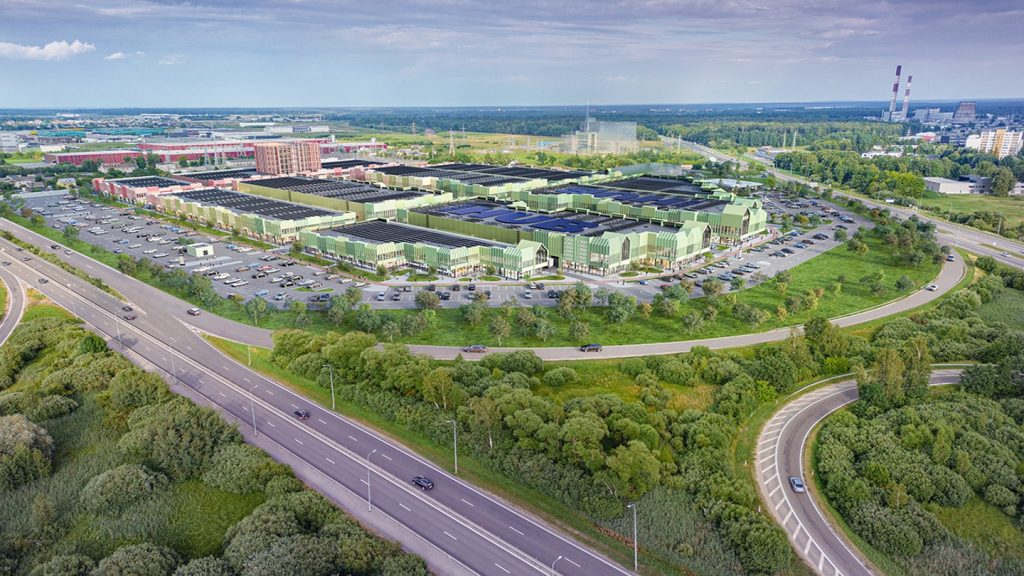“In the 1990s it was mostly about philosophy,” says Mitchell Joachim, as a bus rumbles by his New York City office. “Bloviated opinions about deconstructionism that produced decadent, fanciful forms, aesthetic and cultural principles that had nothing to do with real life.”
Forceful views such as this make Joachim, co-founder of urban design group Terreform ONE, not only one of the most influential thinkers in his field but also a journalist’s dream. An associate professor at NYU and senior fellow of the TED organisation, Joachim has done more than anyone to highlight the need for a radical rethink of the way architects and urban planners approach their trade. This desire for change is motivated by a demographic force that is becoming too strong to ignore.
Emerging urban centres like Mumbai are growing at an astonishing rate of 30 people an hour, with the world’s urban population exceeding its rural equivalent for the first time in history during 2007. In the developed world, the sprawling, auto-centric models of cities such as Los Angeles are proving to be unsustainable in a world of rising oil prices and depleted resources. Throw in the most severe recession ever experienced in the collective memory of the developed world, and the impetus for change has finally been given.
“I think the theoretical, 1990s approach died with Hadid’s Chanel Pavilion in Central Park, which even the New York Times got sick of,” Joachim says. “Our economy collapses and we are producing useless pavilions for the incredibly wealthy? I have deep respect for that generation, but today’s architects, thankfully, are more inclined to take a science-based approach and focus on projects that have humanitarian aims. In some respects we are returning to the principles that defined the late 1960s and early 1970s.”
Urban imaginings
Terreform ONE is a non-profit group with a provocative, experimental approach to sustainable urban design. The organisation’s headquarters act as a laboratory for architects, urban planners and scientists, in which green propositions, no matter how ambitious, can be developed and tested. Urbaneering Brooklyn, for example, is a scientific study of all major ecological flows that affect the New York borough, and the long-term effect that they will have. Joachim’s group will use this data to accurately imagine a city that is completely self sustainable, powered entirely by renewable energy sources, and with culture the only output.
See Also:
“The point of Urbaneering Brooklyn is to start doing the big calculations based on the city’s overall energy, waste and water needs and to look for solutions that fit 100% metabolically into the given area,” Joachim explains. “For instance, if we envisage a New York that runs only on solar power, it would entail the whole of Staten Island and 18% of Brooklyn being covered in solar panels running at 23% battery efficiency. Of course, that’s absurd, but there are 3,000 acres of usable open roof space in the tall buildings of New York City.”
How well do you really know your competitors?
Access the most comprehensive Company Profiles on the market, powered by GlobalData. Save hours of research. Gain competitive edge.

Thank you!
Your download email will arrive shortly
Not ready to buy yet? Download a free sample
We are confident about the unique quality of our Company Profiles. However, we want you to make the most beneficial decision for your business, so we offer a free sample that you can download by submitting the below form
By GlobalDataThese drastic solutions are, according to Joachim, the only way to tackle the challenges of urban development, an ethos not yet shared by most city governments. He cites PlaNYC 2030, a 2007 green proposition tabled by the New York Mayor’s Office, as a typical state environmental initiative – too prosaic to object to, but not ambitious enough to make an impact. It is the role of the architect and urban designer to be as provocative as possible, if just to highlight the true potential of sustainable practice.
“As a non-profit organisation, we aim to explore 100% solutions, not ones with long lists of compromises and bromides that are merely difficult to disagree with,” Joachim explains. “Green is now a mainstream concept, but normal citizens don’t have the time to think up radical propositions for the city. Maybe if offered more provocative ideas, someone might say, “I actually like the idea of New York running on solar panels, especially if it’s for a quarter of the cost of the Iraq War.”
One particularly provocative aspect of Terreform ONE’s plan is the use of pleaching as a means of constructing homes. A living structure, normally some form of plant or tree, is grafted into the shape of a dwelling using prefabricated, computer-designed reusable scaffolds. This fully integrates the structure with its environment, helping to reduce CO2 levels in the atmosphere. “This is not my invention – grafting tree matter can be found in illuminated manuscripts from 2,000 years ago,” Joachim explains. “This is very different to just building towers out of living trees or assembling structures based on a CAD drawing. We look to design to within three decimal places of accuracy.”
As things stand, this is far from an exact science. Finding the pounds per square inch (PSI) of the various tree species, an important factor in the structural loading of dynamic constructs, is extremely difficult. In short, there is no mathematical model for a tree.
“The results of our trials have seen a lot of death and a lot of failure, but we have gotten some robust species and interspecies connections to work,” Joachim explains. “We just don’t yet have the comprehensive knowledge set needed to understand a tree. Anyone can make a home out of a living structure; it’s being able to have a full understanding of its effects and long-term benefits that is important.”
Future city concept
Meanwhile, on the other side of the Atlantic, Jürgen Mayer’s firm, J Mayer H, has been producing its own vision of a sustainable city of the future. The recent winner of the Audi Urban Future award, a competition in which contestants were asked to reconsider the relationship between mobility and urban culture, Mayer has taken the concept of the electric vehicle and pushed it to its extreme.
In his vision, an automated system takes the role of the driver. Controlled and tracked by digital technology, the car’s lights and mirrors are rendered obsolete.
“We developed a pedagogical tool through which the car changes from a driving machine to a driven machine,” he explains. “Your attention can go back to experiencing the city, looking at the people on the sidewalk and the buildings. These car systems would be found in the centre of cities and not be privately owned. You wouldn’t need your own car, you would pay for the usage on a contract basis.”
This imagined future was christened “Pokeville”, inspired by the rise of Facebook. The car goes from being just a mode of transport to a catalyst for social interaction, affording the driver a personalised view of the city and its inhabitants. Freed from the distraction of having to operate the vehicle, a new relationship is formed between inhabitant and the city, which is as close or as distant as you want it to be.
“Poking, like talking about the weather, is a way of interacting with someone but without the commitment,” Mayer explains. “The car can be an informal way of getting in touch with one’s surroundings, or it can be something deeper. You can take your iPhone and plug it into the docking system and the head-up display allows you to accept or reject certain aspects of the environment. Let’s say your status is nature and your mood is wandering – you will see only trees and plants.”
Defining sustainability
Although different in terms of focus, Joachim and Mayer aim to turn the public to the concept of sustainability, a term that has paradoxically lost meaning through its successful dissemination. “Sustainable is a pop term, so commonplace that it’s difficult to use it,” Mayer says. “I was at a sustainability conference recently and I promised myself it would be my last! Tables and graphs going up and down, 20% of this, 50% of that – we have to be critical and ask ourselves, ‘what is really meant by this?’.”
Joachim sees the term “sustainable” as being both nondescript and insufficiently broad in its implications. He opts instead for the term “socioecological”, a phrase that pays heed to the combination of disciplines and parties involved in producing a genuinely green solution. “One, it’s about social justice and the policies associated with it and two, it’s about ecological science,” he says. “Socioecological, with the terms mixed together, allows you to accept the fact that science is not a silver bullet. To manage change, the culture associated with how we live and the actions of government need to be aligned. It’s going to happen through many different characters and agents working together.”
Ultimately, this cross-disciplinary approach will need to look at the very roots of urbanism and the historical rationale behind the success or failure of a city. This information, according to Joachim, could help build a complex computational model that can gauge all ecological flows, removing the need for craft or guesswork on the part of the architect.
“We need to understand what cities are from their very beginning,” Joachim says. “We can definitely author design, but not urbanism, which happens for reasons we don’t understand. Sometimes you build it and they come. Sometimes you build it and nobody shows up.”






